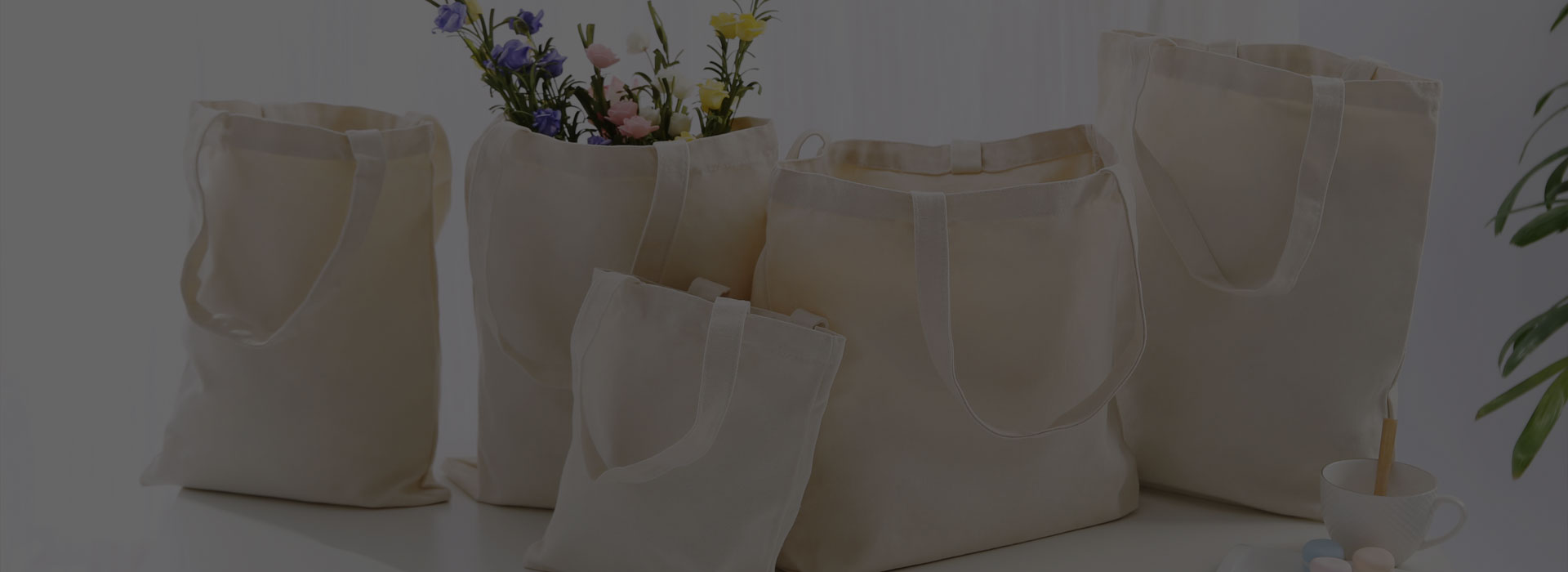1.feel visual measurement method: This method is suitable for non-woven materials with loose fiber state.
(1)cotton fiber than ramie fiber and other hemp process fibers, wool fibers are short and fine, often accompanied by a variety of impurities and defects.
(2) Hemp fiber feel rough and hard.
(3) Wool fibers are curly and elastic.
(4) Silk is a filament, long and fine, with special luster.
(5) In chemical fibers, only viscose fibers have a large difference in dry and wet strength.
(6) Spandex is very elastic and can stretch to more than five times its length at room temperature.
2.microscope observation method: according to the fiber longitudinal plane, section morphological characteristics to identify non-woven fibers.
(1) cotton fiber: cross section shape: round waist, middle waist; Longitudinal shape: flat ribbon, with natural twists.

(2) hemp (ramie, flax, jute) fiber: cross section shape: waist round or polygonal, with a central cavity; Longitudinal shape: there are transverse nodes, vertical stripes.

(3) Wool fiber: cross-section shape: round or nearly round, some have wool pith; Longitudinal morphology: scaly surface.

(4) Rabbit hair fiber: cross-section shape: dumbbell type, hairy pulp; Longitudinal morphology: scaly surface.

(5) Mulberry silk fiber: cross-section shape: irregular triangle; Longitudinal shape: smooth and straight, longitudinal stripe.

(6) Ordinary viscose fiber: cross section shape: sawtooth, leather core structure; Longitudinal morphology: longitudinal grooves.

(7) rich and strong fiber: cross section shape: less tooth shape, or round, oval; Longitudinal morphology: smooth surface.

(8) acetate fiber: cross section shape: three leaf shape or irregular sawtooth shape; Longitudinal morphology: The surface has longitudinal stripes.

(9) acrylic fiber: cross section shape: round, dumbbell shape or leaf; Longitudinal morphology: smooth or striated surface.

(10) chlorylon fiber: cross section shape: close to circular; Longitudinal morphology: smooth surface.

(11) Spandex fiber: cross section shape: irregular shape, round, potato shape; Longitudinal morphology: dark surface, not clear bone stripes.
(12) Polyester, nylon, polypropylene fiber: cross section shape: round or shaped; Longitudinal morphology: smooth.

(13) Vinylon fiber: cross-section shape: waist round, leather core structure; Longitudinal morphology: 1~2 grooves.





